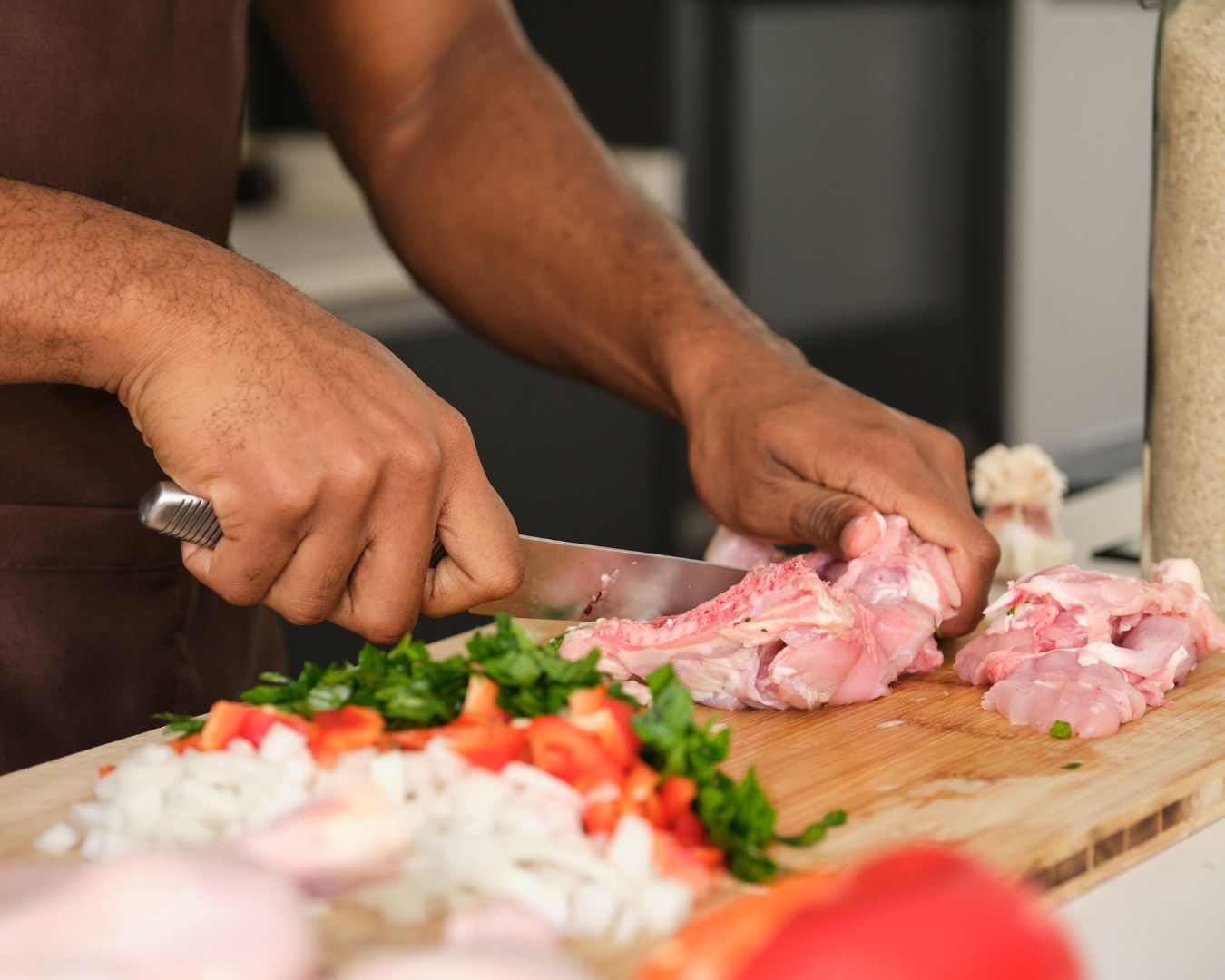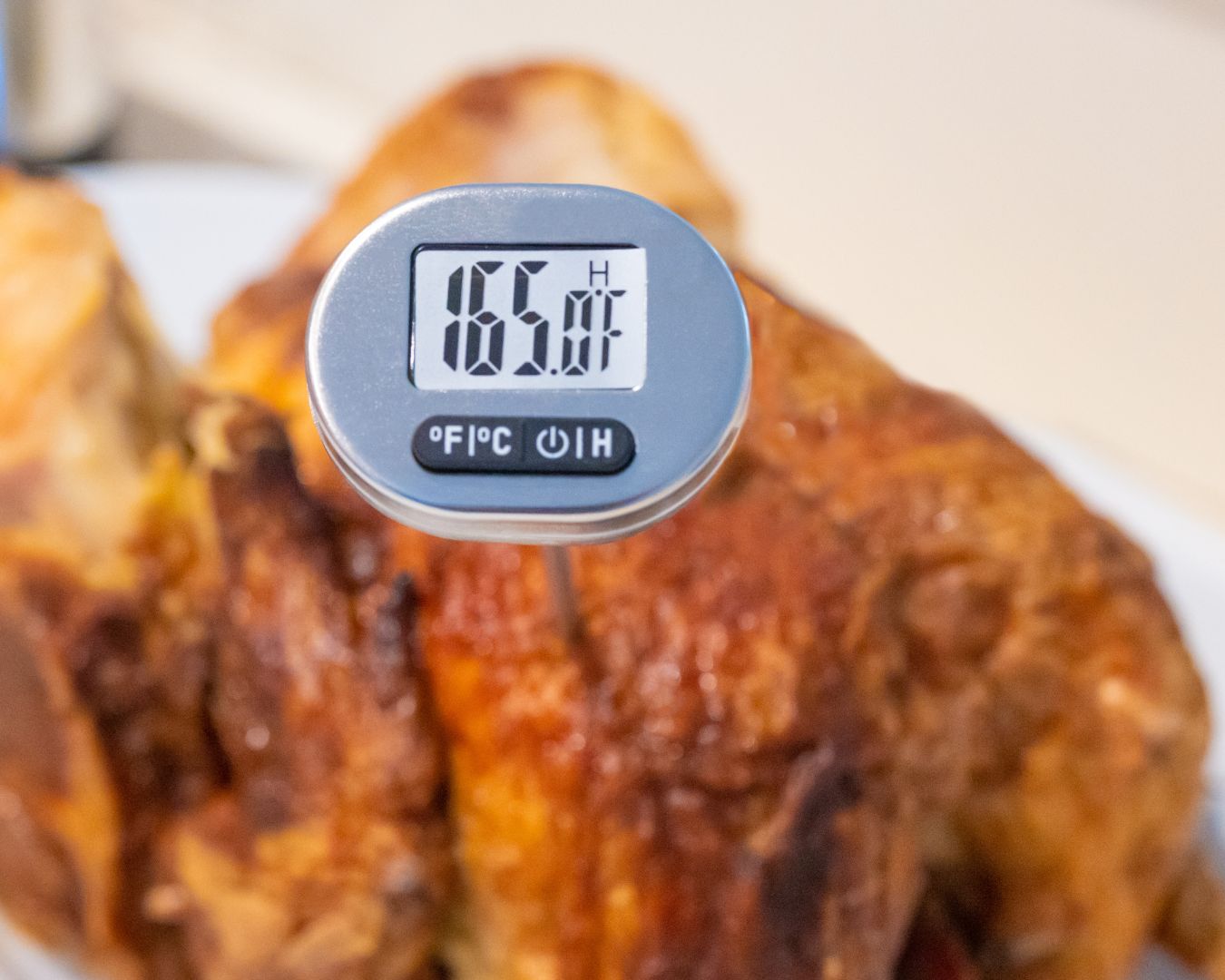How to Debone and Carve Poultry: A Step-by-Step Guide
Deboning and carving poultry can seem like a daunting task, but with a little practice and the right techniques, you can master the art of preparing a beautifully presented bird. Whether you’re working with a chicken, turkey, or duck, this guide will walk you through the steps to efficiently debone and carve poultry, ensuring that you get the most out of your meal. Step 1: Gather Your Tools Before you start, make sure you have the following tools: Step 2: Prepare the Poultry Step 3: Debone the Poultry Step 4: Carve the Poultry Step 5: Presentation and Serving Tips for Success Deboning and carving poultry can elevate your meal presentation and make serving easier. By following these steps and using the right tools, you’ll be able to handle poultry like a pro. Whether you’re preparing a festive feast or a simple family dinner, mastering these techniques will enhance your cooking skills and impress your guests.


